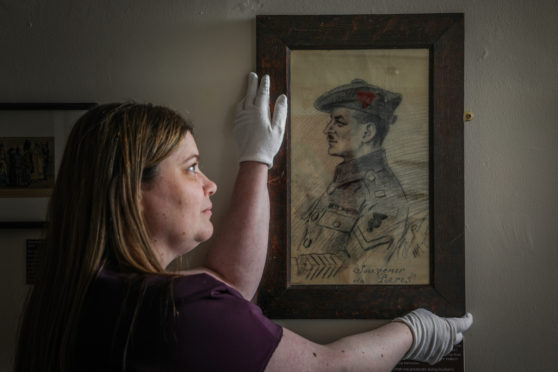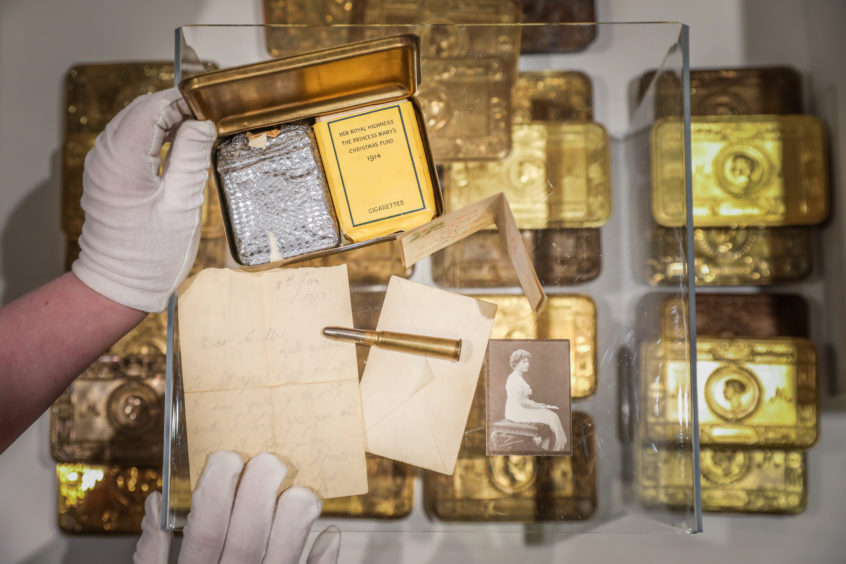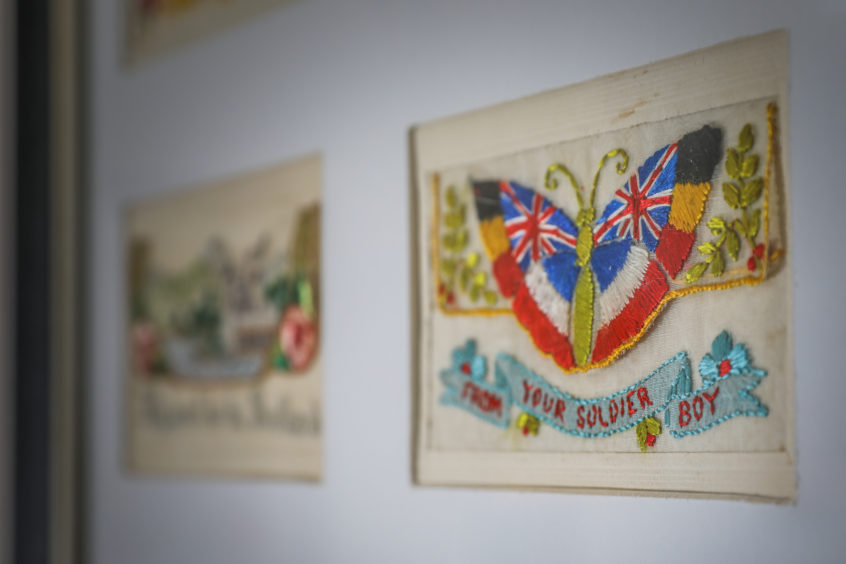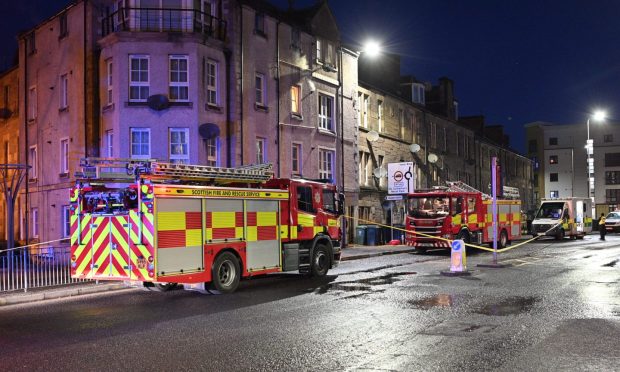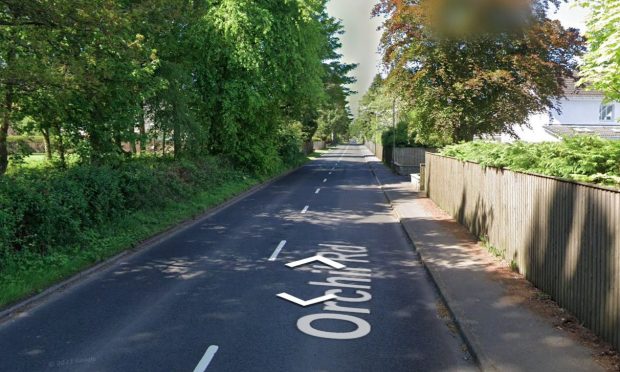A Nazi flag, a Samurai sword and handkerchiefs embroidered by prisoners-of-war feature in a new display of “spoils and souvenirs” brought home by Scottish soldiers.
The poignant exhibition has opened at the Black Watch Castle and Museum in Perth.
Organisers wanted to show items from their collection that were taken as keepsakes from overseas operations.
Many of the exhibits were donated to the museum by families of Black Watch soldiers.
They include a Nazi banner which was snatched during the evacuation of Nobruk, Libya, in 1942.
The flag, along with an SS helmet and officer’s cap, is displayed next to a photograph of Black Watch Captain Arthur Neave with his spoils.
Mr Neave served with the 1st Battalion throughout World War Two, and in 1945 he represented four of the defendants accused of war crimes at the Bergen-Belsen trials.
There are also items brought back by Captain Duncan Campbell, who joined the Black Watch in 1899.
After serving in India and South Africa at the turn of the 20th Century, he was transferred to the West African Frontier Force and stationed in Nigeria. He brought home a number of items, including a drum and spears.
The exhibition also includes a pencil drawing and fabric design handmade by Private Samuel Craney while he was imprisoned in Stalag XXB, a German prisoner-of-war camp in Marienburg, Poland.
At first glance the pieces may look innocent but on closer inspection, they give away details about Pvt Craney’s circumstances.
The German word ‘gefangeners’ in the title of his otherwise cheerful-looking pencil drawing translates as ‘prisoners’, while the bottom part of his fabric design features the letters XXB with faint barbed wire spelling out the words ‘Hell Camp’.
Museum assistant Fiona Connah said: “We are fortunate at the Black Watch Castle and Museum to have an amazing and diverse collection.
“This exhibition takes inspiration from some of the more unusual items that were brought back by soldiers from their overseas postings. Many are simple reminders: pictures or locally produced artefacts, but others have darker connotations.”
The exhibition runs until March.
